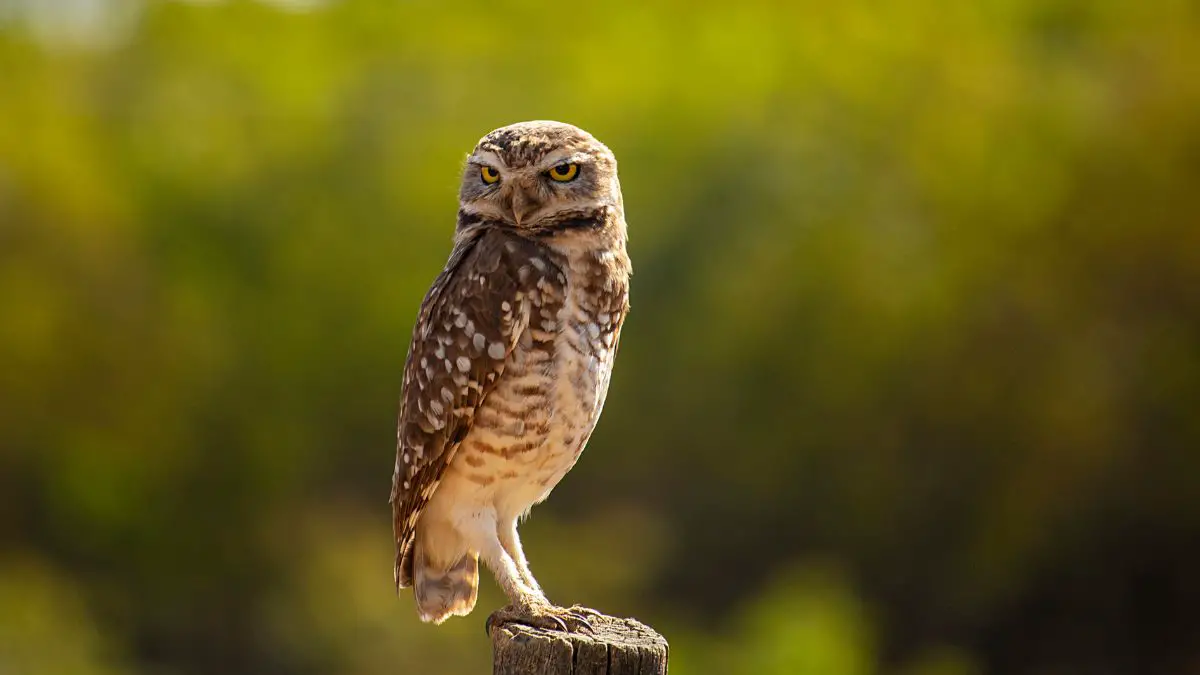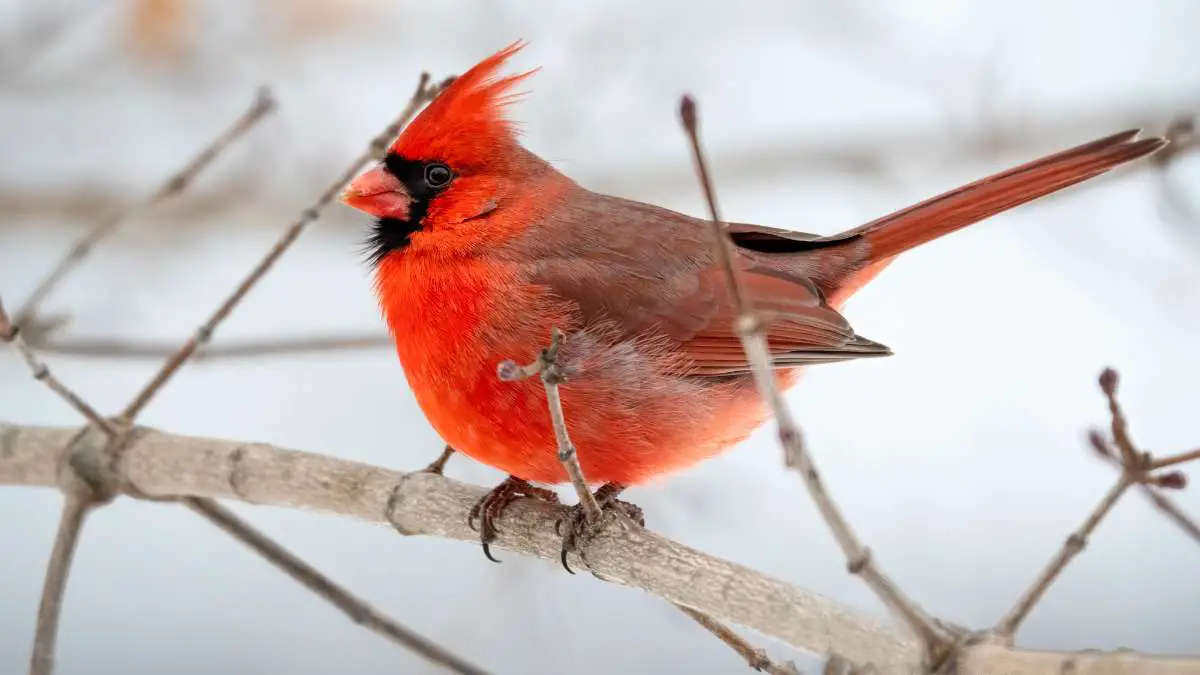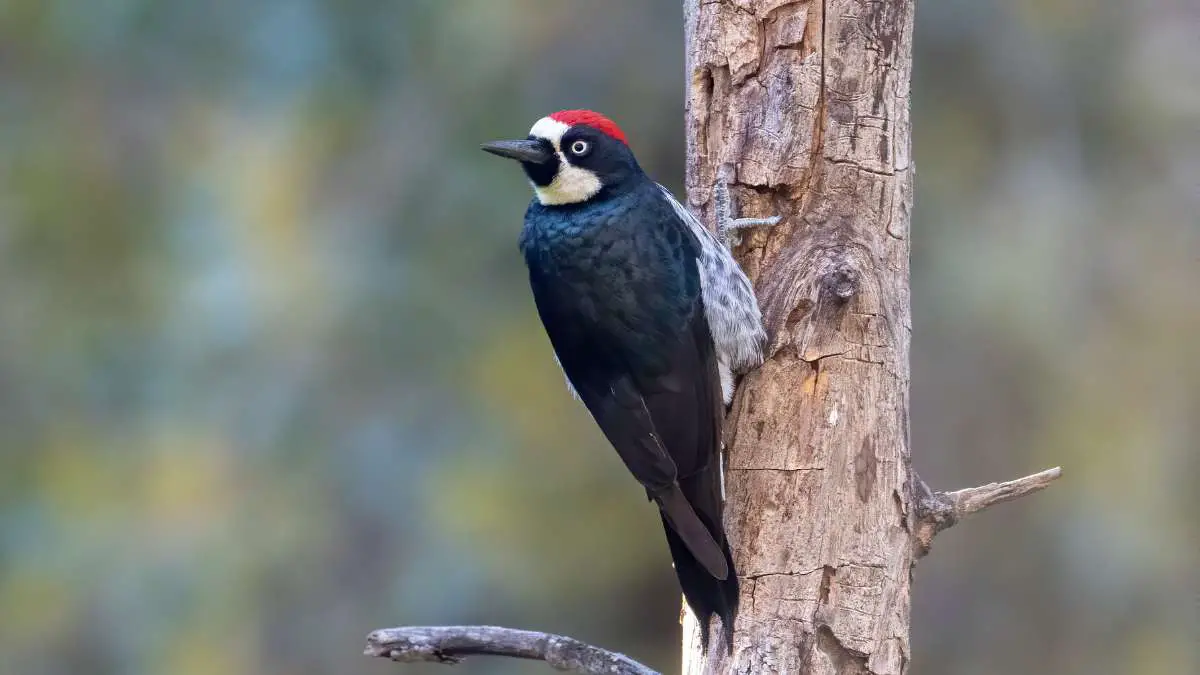Woodpeckers are known for their impressive ability to peck at wood and vibrant colors, but do they eat termites? Yes, woodpeckers do eat termites.
These birds have a varied diet that includes insects, fruits, nuts, and tree sap. Termites are a nutritious and readily available food source for woodpeckers, especially since they live in wooden structures and trees where woodpeckers often forage.
Using their strong beaks, woodpeckers drill into wood to reach arboreal (tree living) termite colonies.
Their long, sticky tongues then extract the termites from deep within the wood. By consuming termites, woodpeckers help control termite populations, which can be beneficial for forest health and human structures.
So, while woodpeckers are often seen hammering away at trees, part of this activity is their hunt for termites and other insects.
Woodpeckers and Their Feeding Habits
Types of Woodpeckers
Woodpeckers are fascinating birds found all around the world. There are many species of woodpeckers, including the Downy Woodpecker, Pileated Woodpecker, and Northern Flicker in North America.
Each species has unique features, but they all share some common traits.
Woodpeckers are typically found in forests, woodlands, and sometimes even in urban areas where there are plenty of trees.
Their habitats range from North and South America to Europe, Asia, and Africa.
Feeding Techniques
Woodpeckers have unique ways of finding food. They mainly eat insects, but they also enjoy fruits, nuts, and sap from trees.
One of their favorite insect snacks is termites. These birds use their strong, sharp beaks to peck at wood, making small holes to reach the insects hiding inside.
This technique not only helps them find food but also keeps trees healthy by controlling insect populations.
Their beaks are specially designed for this task. A woodpecker’s beak is chisel-like, perfect for drilling into wood.
Additionally, they have long, sticky tongues that can reach deep into the holes to pull out insects. This makes them expert foragers, able to find and eat termites and other bugs that are hidden from other birds.
Termites as a Food Source
Nutritional Value of Termites
Termites are a great food source for many birds, including woodpeckers. These small insects are packed with nutrients that are essential for birds.
Termites are rich in proteins, which help birds build strong muscles and feathers.
They also contain fats that provide energy, especially important during breeding seasons and migrations.
In addition to proteins and fats, termites offer other nutrients like vitamins and minerals that support overall health.
Including termites in their diet helps woodpeckers stay strong and healthy, allowing them to thrive in their natural habitats.
Termite Behavior and Habitat
Termites are social insects that live in colonies. They are commonly found in warm, humid environments, such as forests, grasslands, and even wooden structures in urban areas.
Termites build complex colonies with different chambers for various activities like feeding, breeding, and nurturing their young. It’s an engineering marvel in nature.
They use mud, saliva, and digested wood to construct their nests, which can be found in trees, underground, or in wooden structures.
Woodpeckers have developed techniques to locate and access termite colonies. They use their sharp beaks to drill into wood and other materials where termites are hiding.
By foraging for termites, woodpeckers help control termite populations, which can otherwise cause significant damage to trees and wooden structures.
Do Woodpeckers Eat Termites?
Evidence from Scientific Studies
Yes, woodpeckers do eat termites. Scientific studies have shown that termites are a common part of their diet.
Research has found that woodpeckers consume a variety of insects, including termites, to meet their nutritional needs.
Wildlife experts have observed woodpeckers foraging in areas infested with termites, using their strong beaks to drill into wood and extract these insects.
Here is a link to read more about how they feed on flying termites.
These observations confirm that termites are a significant food source for woodpeckers, providing essential proteins and fats that help them stay healthy and active.
Geographic and Seasonal Variations
The diet of woodpeckers can vary depending on their geographic location and the season.
In regions where termites are abundant, woodpeckers tend to eat more of these insects. For example, in tropical and subtropical areas where termites thrive, woodpeckers often have a higher intake of termites compared to those living in cooler climates.
In the oriental region there is a termite specialist which exclusively feed on termites the Rufous Woodpecker (Micropternus brachyurus)
Seasonal changes also affect the availability of termites. During warmer months, when termite activity is high, woodpeckers have more opportunities to find and eat these insects.
In contrast, during colder months, when termites are less active, woodpeckers may rely more on other food sources such as beetles, ants, and fruits.
How Woodpeckers Hunt Termites
Techniques for Locating Termites
Woodpeckers are skilled hunters when it comes to finding termites. They have developed unique techniques to detect these hidden insects.
One of the primary methods woodpeckers use to locate termite colonies is by listening for sounds. Termites make faint noises as they move and chew through wood, and woodpeckers have keen hearing to pick up on these subtle sounds.
Additionally, woodpeckers can feel the vibrations termites create within the wood. By tapping on tree trunks and branches, they can sense where the termites are active.
Methods of Extraction
Once woodpeckers locate a termite colony, they use their strong beaks to drill into the wood.
This pecking and drilling strategy allows them to create small holes through which they can reach the termites.
Woodpeckers’ beaks are specially adapted for this task, being both strong and chisel-like, which makes it easier to penetrate tough wood surfaces.
After drilling, woodpeckers use their long, sticky tongues to extract the termites from the holes. Their tongues can extend far into the drilled openings, reaching the termites hidden deep inside.
The woodpecker’s saliva is sticky, helping to capture and pull out the insects effectively.
Other Insects in Woodpeckers’ Diet
Comparison with Other Insect Prey
Woodpeckers are not just fond of termites; they eat a variety of other insects as well.
Common prey includes ants, beetles, and caterpillars. Ants are a popular choice, as they are abundant and provide a good source of protein.
Woodpeckers often forage for ants on the ground or on tree trunks. Beetles, especially wood-boring beetles, are another favorite.
These insects live in the wood, making them easy targets for woodpeckers’ pecking and drilling techniques. Caterpillars are also consumed, particularly during the breeding season when the birds need extra nutrients for their young.
The availability and preference for these insects can vary. For instance, in areas where ants are plentiful, woodpeckers might consume more ants.
Similarly, in regions with a high population of beetles, these might become a primary food source. The diet of a woodpecker is flexible and depends on the local insect population.
Impact on Ecosystems
Woodpeckers play a crucial role in controlling insect populations, helping to maintain ecological balance.
By feeding on ants, beetles, termites, and other insects, they prevent these populations from becoming too large, which can cause damage to trees and plants.
This natural pest control is beneficial for the health of forests and woodlands, promoting biodiversity.
Conclusion
Woodpeckers have diverse diets that include termites, ants, beetles, and caterpillars. Termites are an essential part of their diet, providing crucial nutrients like proteins and fats.
Woodpeckers use specialized techniques to locate and extract these insects, playing a vital role in controlling termite populations and maintaining ecological balance.
Understanding woodpeckers’ feeding habits helps us appreciate their role in the ecosystem.
Their ability to manage insect populations highlights the importance of preserving their habitats.
Further study and observation of woodpecker behavior can offer deeper insights into their contributions to biodiversity and forest health.




